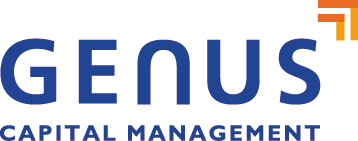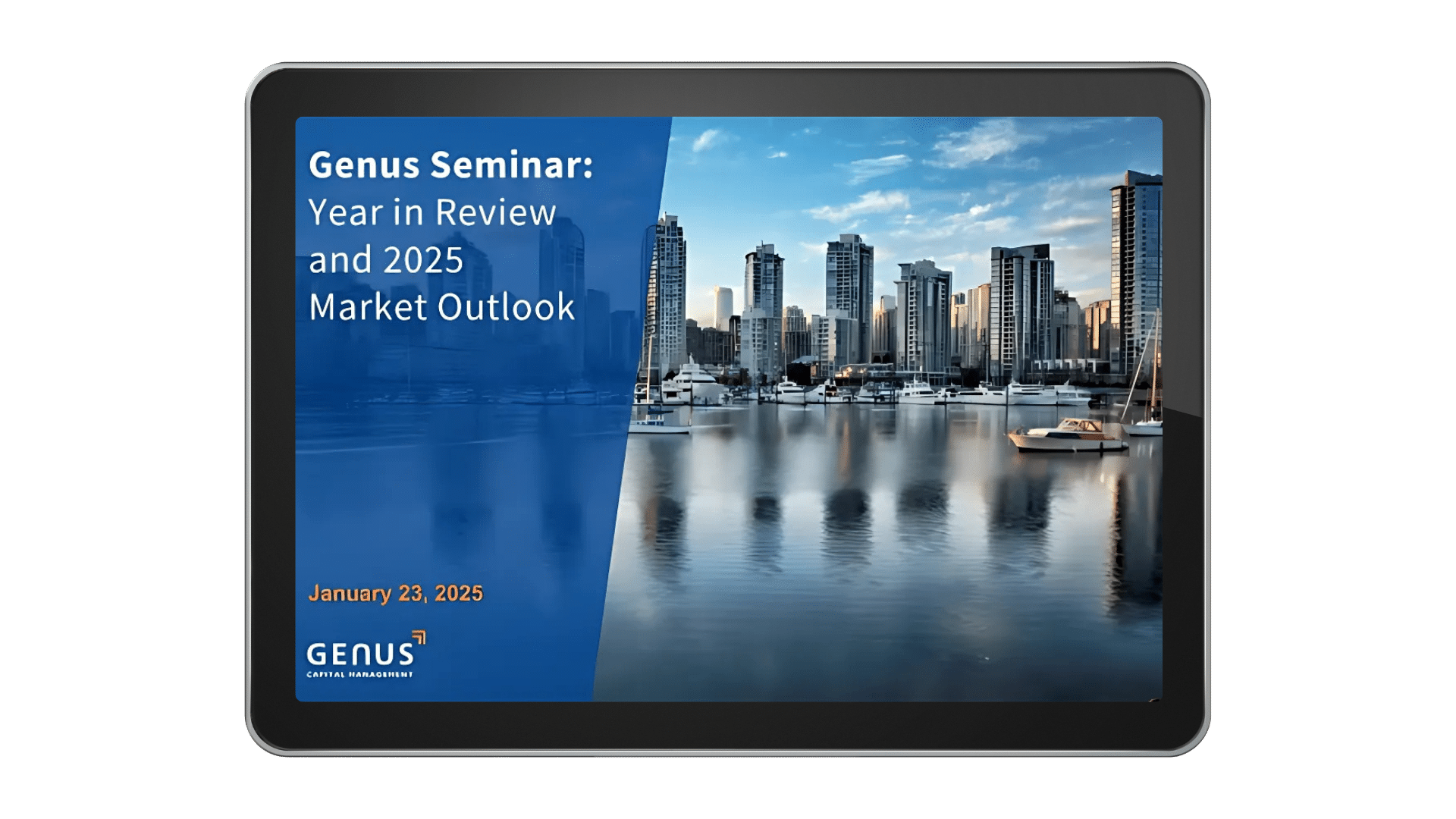That’s why we also do our research — a lot of research — on every company we select for our impact investing portfolios.
We do that through a rigorous series of analytical screens and a nimble interpretation of the data by our expert investment team.
Here’s a look at how we decide which companies make the cut into our impact investing portfolios.
We choose impact investments that lead to global sustainable development
We measure impact investments based on the percentage of revenues being generated from a company’s products or services that contribute to the global sustainable development goals defined by the UN’s 2030 Agenda for Sustainable Development.
Ultimately, we want to have companies in the portfolio that are contributing toward sustainable development goals.
Mike Thiessen, Director of Sustainable Investments at Genus
The process starts with an organization called Sustainalytics, which provides us with a list of the 200 most impactful companies around the world. “These are public companies that are quite large — at least $1 billion in market value,” says Thiessen.
Then, Thiessen and his team look at data supplied by MSCI—an investment research firm that ranks companies based on revenues contributing to the UN Sustainable Development Goals. If there are companies on the MSCI list that didn’t make the cut with Sustainalytics, they’re added to our master list.
Helpfully, MSCI has developed a colour-coding system for such controversies, ranging from green (no recent controversies) to red (one or more very severe controversies), which we take into account before making a final call.
Our goal is to have an average of 50% or higher positive net impact for each of the companies included in our impact investing portfolios; some impact investments, like Vestas Wind Systems, rank closer to 100%.
Optimizing impact investment selections with cutting-edge software
At the start of each month, we do a full rebalance of our impact portfolio funds, following the release of fresh data from Sustainalytics and MSCI.
And given the dynamic nature of today’s economy, we are constantly evaluating and rebalancing the impact portfolios. “Sometimes there is something that’s happened in the news or something political that the software hasn’t taken into account, so we need to address that,” says Thiessen.
How the pandemic shifted our impact portfolios
When COVID-19 hit last spring, our senior leadership team met to figure out how to respond with its investment strategy. (We also started a weekly video series to address client concerns throughout the pandemic.)
From an impact investing perspective, we decided how to respond to the pandemic within our impact portfolios. “Our team talked a lot, and we decided that we were going to focus more on healthcare and technology,” says Thiessen.
Investments that reflect this shift include Abiomed and Regeneron in the healthcare space — both of which rated over 80% in their net impact scores — and technology companies Zoom, Nvidia, ServiceNow and Citrix Systems.
But no matter what’s happening with the economy, we also dive deep into the quality of each company we invest in — and the variability within each sector. “Depending on the sector that you’re in, depending on the country that you’re in, we weigh those factors differently,” says Thiessen.
As powerful as our models are, it’s ultimately our expert team making final calls — and balancing portfolios that are built to achieve our impact investors’ goals.
Learn more about the impact of your portfolio or get in touch to chat about how we can help increase your positive net impact.











